Agile Space Industries in Durango to make contribution to future NASA moon mission
Thruster completes ‘qualification’ and is ready to guide lunar lander in 2025
Agile Space Industries, Durango’s maker of thrusters, the maneuvering engines for spacecraft, has taken an important step toward helping humans return to the moon after its A110 bipropellant thruster passed qualification testing.
The engine is designed to guide lunar landers as they touch down on the moon’s surface and will be a part of NASA’s Artemis program.
The A110 is being used for the reaction control system on the ispace Mission 3 lunar lander spacecraft that will land on the far side of the moon. Agile successfully performed thruster qualification ahead of the mission, which is planned for 2025.
According to an Agile news release, the U.S. has not supplied lunar landing engines since the Apollo program over 50 years ago.
“These are challenges the U.S. space industry has not faced in several generations, and it is thrilling to contribute to a sustainable return to the moon,” said Lars Osborne, chief engineer on the project. “Qualifying this attitude control thruster is one small step in a larger effort, but one we are proud of.”
Qualification testing is the process of verifying that a design meets the intent of the specification. For the A110, that was the process of building a flight-quality thruster and subjecting it to vibration, shock and hot-fire testing, exceeding the expected conditions during the mission.
“Testing the thruster in a high-fidelity environment across all potential mission conditions is something we could have only done using our advanced hypergolic test stands, and our customers have confidence knowing it will work when they need it,” said Daudi Barnes, chief technology officer and founder of Agile in the release. “It’s to test every potential scenario, because on final descent to the lunar surface, scrubbing is not an option.”
The term “scrubbing” refers to when a rocket launch is called off.
Things have changed quite a bit for Agile since its start in 2019. Formally Advanced Mobile Propulsion Test, the company used to focus only on propulsion testing for other companies. But in 2019, the name was changed to Agile Space Industries and it began to manufacture engines as well as test them.
Osborne said when he first started at the company in 2019, there were only six employees and now there are 65. He said Agile has been able to recruit talented people from all over the country.
Vice President of Program Delivery David Cuthbertson said the company expects to reach a couple hundred employees over the next few years. He added that the company focuses on in-space technology.
“Our core technology is around moving things in space from one point to another point rapidly,” Cuthbertson said.
He said repositioning satellites and putting them into orbit as another example of what the company’s technology is doing.
“It is those types of applications where you need high amounts of thrust in a very short amount of time,” he said.
He guessed that Agile is one of five companies in United States that specializes in this line of work.
All engines made by Agile use a significant amount of 3D printing. More than half of A110 was 3D printed, Osborne said.
He said Agile uses 3D printing for the high-value metals that make up the combustion chamber of the engine because it is a faster way to manufacture parts.
“If you wanted to manufacture the nozzle (of the A110) by traditional means, you take a 2½-inch piece of round bar stock and you start carving it away until you’re left with this thin wall,” said Lead Propulsion Test Technician Evan Daniel.
Daniel said the traditional process is slow and expensive, and Osborne added that traditional processes ends up wasting 99% of the material used.
“The 3D printing process is kind of pricey but compared to the amount of material needed and time it would take to cut all of that material off, it’s actually a very cost-effective way to produce that part,” Osborne said.
The A110’s injector, a critical piece of the engine, is also 3D printed. The job of the injector is to bring propellants together into the combustion chamber in a way where they burn quickly and completely.
Osborne described the piece as the combination of a fuel injector and an intake manifold on a car. 3D printing allows precision on these smaller parts that would not be capable through traditional practices.
Osborne said the A110 was a major accomplishment. Many people didn’t realize Durango had a company that manufactures propellant engines.
“Durango is not playing a small role in the exploration of the moon,” he said.



